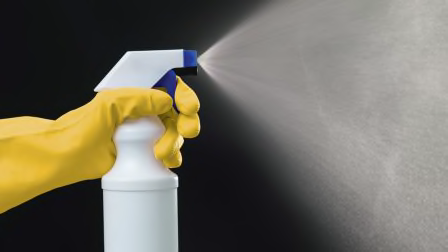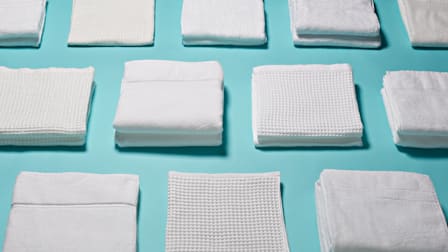Best Clothes Steamers
We evaluated popular handheld clothes steamers to see which models excel for convenience and steam performance
When you shop through retailer links on our site, we may earn affiliate commissions. 100% of the fees we collect are used to support our nonprofit mission. Learn more.

Handheld clothes steamers can help clothes look less creased in minutes, all without the hassle of pulling out an ironing board.




















